by Catherine McKinley
As many of you know, Halloween’s roots are Celtic stemming from the ancient Druid festival of Samhain (pronounced Sowen). It marked the end of harvest and start of winter. On this night, Celts believed the barrier between the earth and the afterlife was thin, allowing spirits toroam back & forth freely. Traditions from Samhain include lighting bonfires, wearing costumes and masks to confuse spirits, and leaving out food and drink to appease wandering souls.

Later, the Irish added the tradition of “Jack’s Lantern.” Stingy Jack was a deceitful drunkard who tricked the devil into promising he’d never be let into hades. Upon his earthly departure, though, Jack was refused entrance to heaven. He tried hell, but due to his deal with Satan, was denied entry there, also. Instead, he was given a hollowed-out turnip with a burning coal inside to use as a lantern as he wandered aimlessly through eternity.
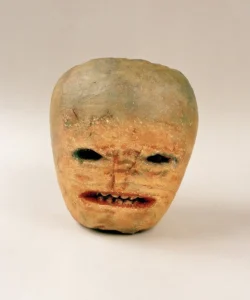
The Headless Drummer: A boy whose ghost was first seen in 1650, just before Oliver Cromwell’s army captured the castle; his drumming is sometimes heard, with legend suggesting it forewarns of an attack.
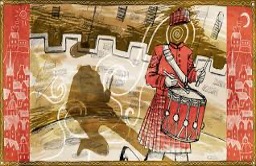
The Phantom Piper: A piper who vanished in the tunnels beneath the castle; the sound of his pipes is said to still echo through the passages.
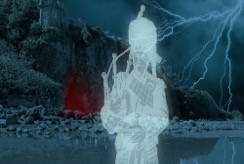
The Grey Lady: A noblewoman, likely Janet Douglas, Lady Glamis, who was burned at the stake for treason in 1537.
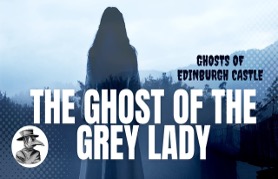
The Ghost Dog of Edinburgh Castle: There have been reported sightings of a “scruffy” dog ghost which was attributed to the fact that there is a pet cemetery on the Edinburgh Castle grounds.
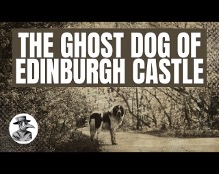
Is it all true? Maybe. Oidhche Shamhna Sona Dhut. Or, HAPPY HALLOWEEN To You!

